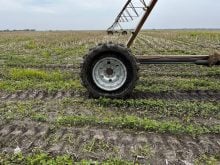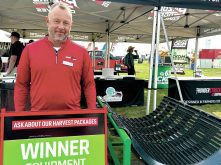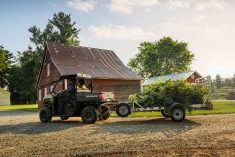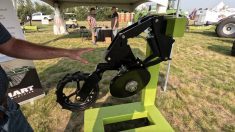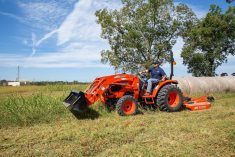As the summer farm show season kicks off, the Ag in Motion show at Langham, Sask. July 15 to 17 is now just around the corner. It’s one of the Prairies’ youngest events at just over a decade old. But it’s grown significantly from a relatively modest beginning to what’s now arguably the premier summer show in Western Canada.
The fact that several equipment brands now use it as the venue to introduce new machinery seems to confirm that.
Claas has used the show a couple of times for the North American introduction of some models. Its flagship Xerion tractors debuted at the show in 2023 and the new 8900 Terra Trac combine the following year.
Read Also
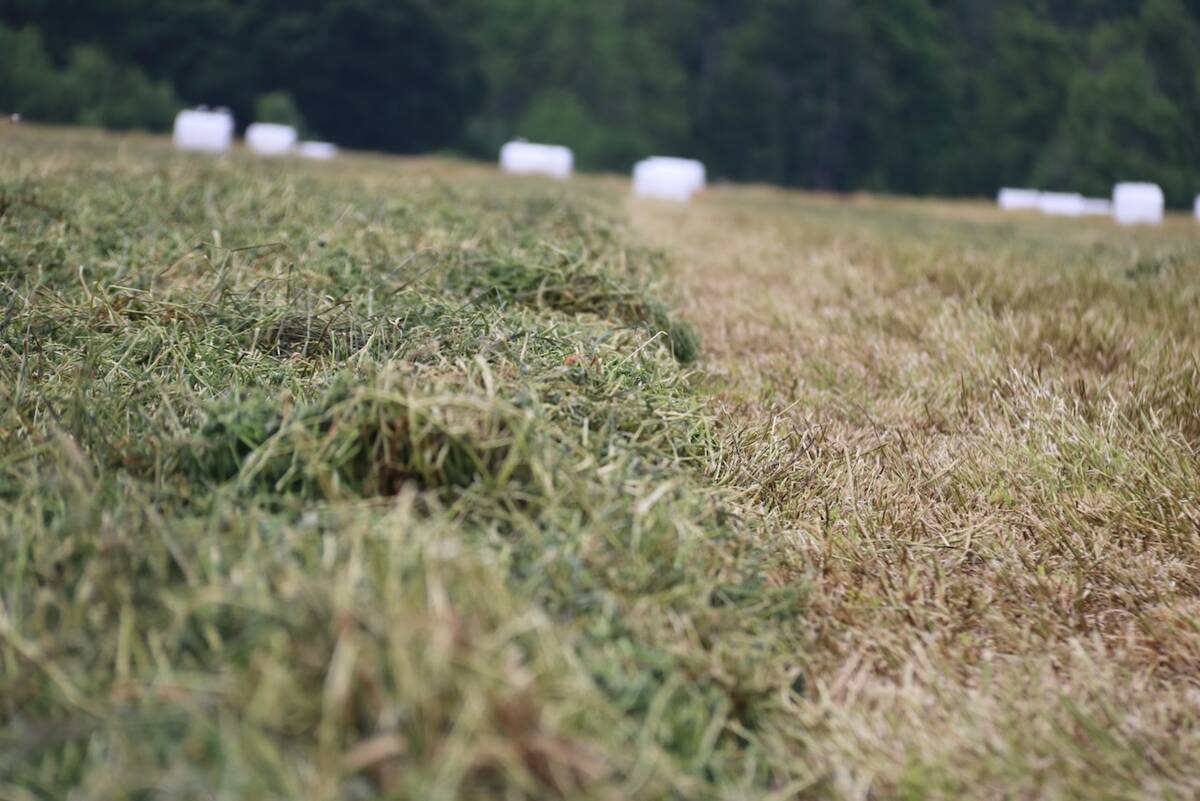
New high-performance forage training program to launch in 2026
A new Canadian Forage and Grasslands Asssociation high-performance forage program will be a resource for farmers, agronomists and others in the forage sector.
Prairie farmers got their first look at John Deere’s new C Series air carts at the show last year as well. It was also the first Canadian public showing of the green brand’s very high-horsepower 9RX 830 tractor.
And, of course, those brands that are at home on the Prairies, such as seeding and short-line equipment manufacturers, have begun using AiM to debut new models and updates as well.
So the show represents the first opportunity for many producers to get a look at what’s new on the machinery market — and there are always factory representatives on hand to explain machine specifications and design in detail.
Daily in-field demos also provide an opportunity to not just look at some of those updates, but to actually see them at work.
Manufacturers like to keep information about what new features or machines they’re going to unveil quiet until the last minute, so we can’t say just yet what to expect will be unveiled at this year’s show, but it’s likely safe to say there will be a few new things to see. Technology certainly isn’t standing still these days.
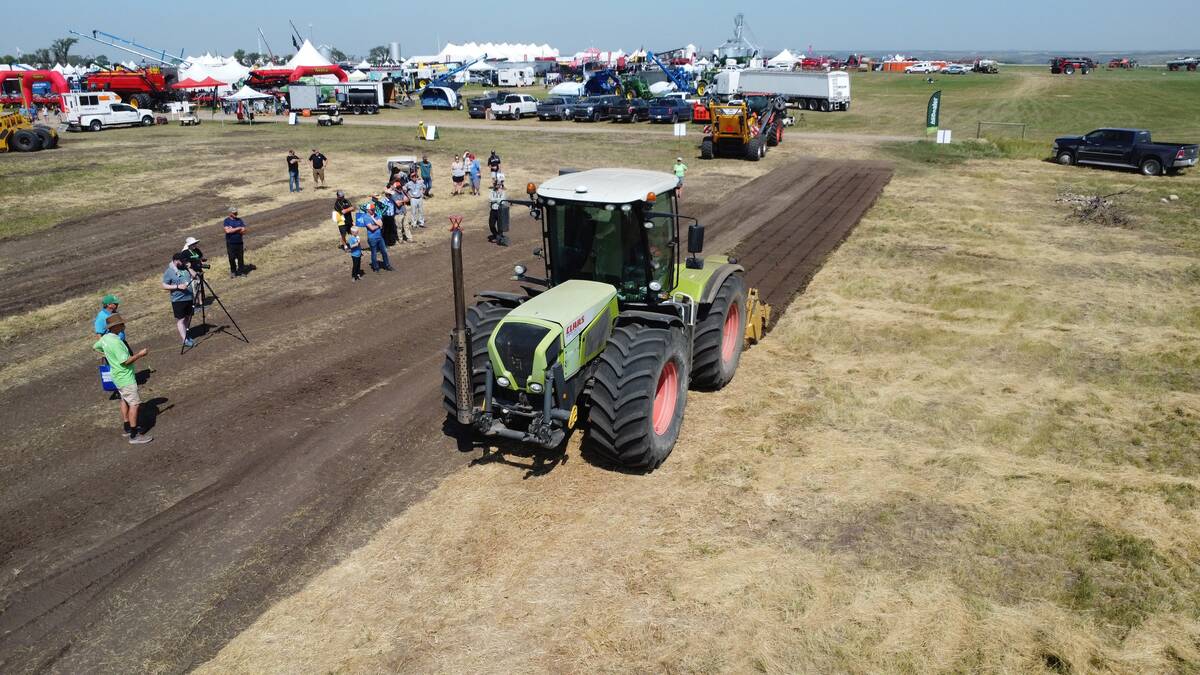
When Glacier FarmMedia, the owner of Grainews, launched AiM, it required a lot of trust not only from farmers but from companies willing to come and exhibit their equipment. So rising to the status it now has was no small feat.
“It’s a bit like a chicken-and-egg thing,” AIM’s show manager Rob O’Connor says.
“I think there’s this aspect of a farm equipment trade show where farmers want to get together to see the innovation, see what’s new and see what really will help their business.
“I think (equipment companies and farmers) need to work together to have a show like this. You have to have great exhibits with the equipment and technology the farmers want to see. Yet those companies that invest their time into something like this need a great number of farmers to make it worthwhile.”
Creating a show like AiM also required some faith and trust from investors willing to fund it.
Just as there are economies of scale on farms, the same thing applies to a show.
“There are hard costs to putting on a show,” O’Connor says, “such as having a full-time staff or the land you have to purchase, the equipment you need to acquire to put the show on. Whether you have one exhibitor or 1,000, you’re still going to have that cost.
“And the more exhibitors you have, the more people you can get through the gate.”
Comparing a map of the show grounds from the initial event in 2014 to last year’s, the number of exhibitors has grown significantly, with the show more than doubling in size along with the number of visitors coming through the gates.
The types of attractions have increased as well, offering showgoers a more interesting and varied experience.
As O’Connor notes, all of that helps ensure the equipment brands remain interested in exhibiting their newest and best, ensuring the thing we gearheads want to see is there in spades: the newest and best machines.




